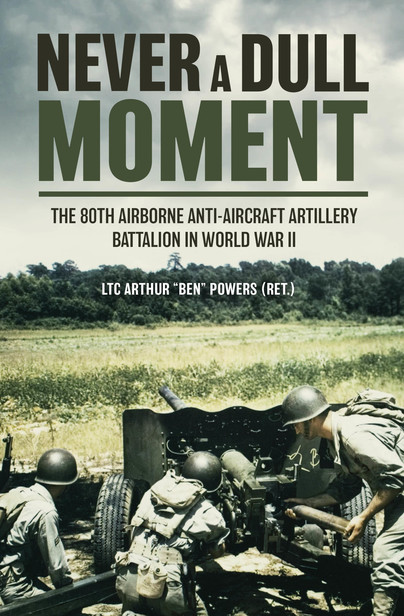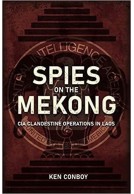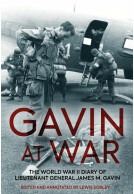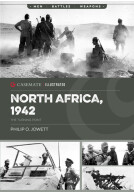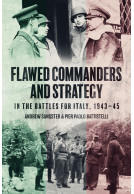Never a Dull Moment (Hardback)
The 80th Airborne Anti-Aircraft Artillery Battalion in World War II
Imprint: Casemate Publishers
Pages: 240
Illustrations: 30 photos
ISBN: 9781636240060
Published: 31st July 2024
Pages: 240
Illustrations: 30 photos
ISBN: 9781636240060
Published: 31st July 2024
You'll be £29.95 closer to your next £10.00 credit when you purchase Never a Dull Moment. What's this?
+£4.99 UK Delivery or free UK delivery if order is over £40
(click here for international delivery rates)
Order within the next 6 hours, 55 minutes to get your order processed the next working day!
Need a currency converter? Check XE.com for live rates
(click here for international delivery rates)
Order within the next 6 hours, 55 minutes to get your order processed the next working day!
Need a currency converter? Check XE.com for live rates
Most modern books and films glamorize World War II airborne soldiers as troopers leaping into the night to descend by parachute into combat. Much less often considered is the role of glider forces. Glider troops lacked the panache and special distinctions of paratroopers, despite their critical role in airborne warfare. Likewise, World War II ground combat is characterized as a combined arms fight of infantry and armor, backed up with field artillery; by comparison the role played by specialized, supporting arms has received scant attention. The 80th AAA Battalion was a glider outfit, providing anti-aircraft defense and anti-tank capability to the division's three infantry regiments as battlefield conditions dictated. Elements of the battalion fought in Italy, Normandy, Holland and the Battle of the Bulge, making combat glider assaults during both Operation Neptune and Operation Market Garden. The exploits of the men of the 80th tend to be obscured as commanders maneuvered the batteries wherever their special skills were needed on the battlefield, with no regiment to call a permanent home.The 80th AAA battalion was a hybrid unit. While its members were considered Coast Artillery (the branch responsible for defending ground formations from air attack during WWII), they fought alongside parachute and glider infantry, most often providing direct fire, anti-armor support with 57mm/6 pounder cannons. While field artillery, both parachute and glider, established their gunlines some distance behind infantry units to provide indirect fire support, the men of the 80th fought face to face with the enemy, alongside their infantry brothers.
I have already read Never a Dull Moment. What and amazing book that follows a lesser known unit that was able to achieve so much. Starting from inception to becoming a dispersed force multiplier capability is a testament to the Greates Generation! Great read Ben Powers !
John Sarno
Other titles in Casemate Publishers...







